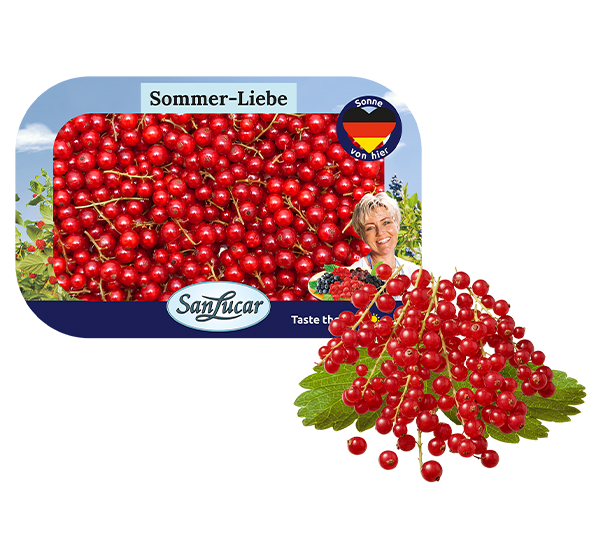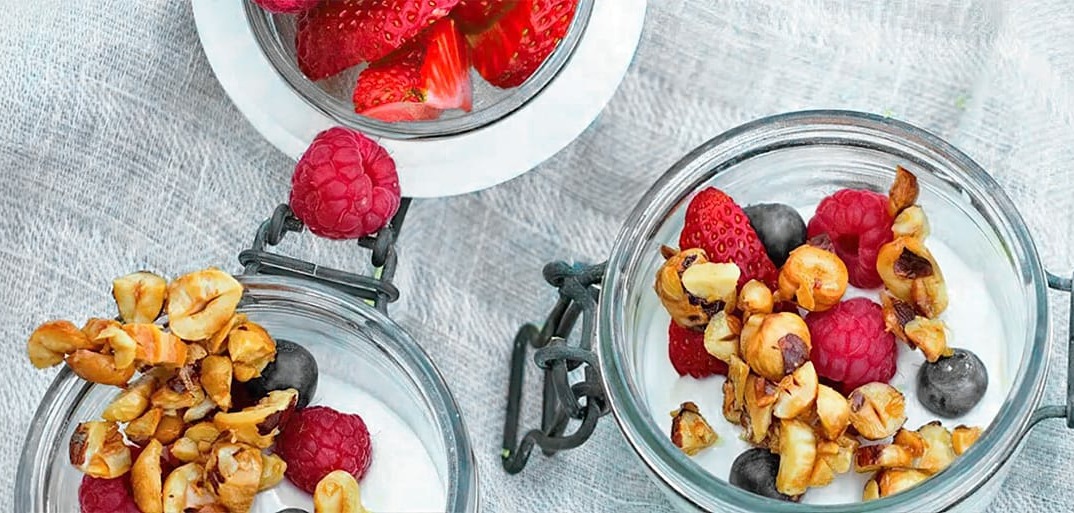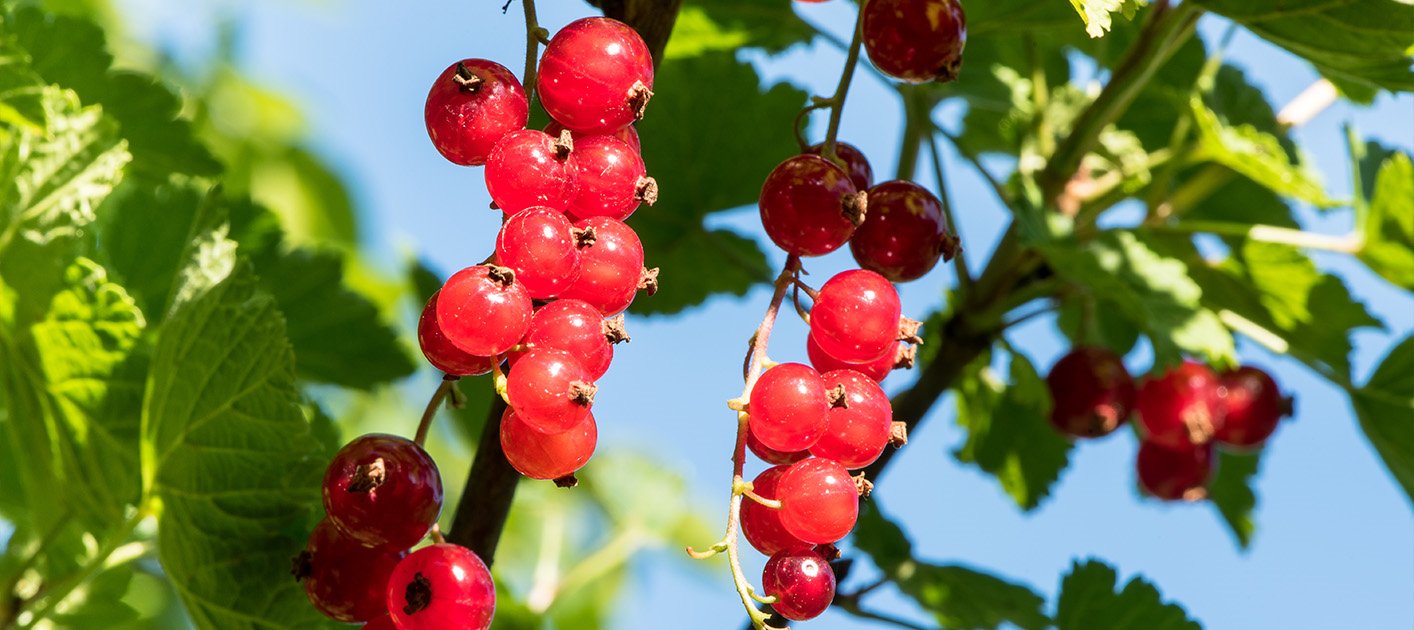
The most delicious thing summer has to offer.
Did you know that the berries owe their name to John the Baptist, whose birthday in June coincides with the peak ripening period of the sweet and sour fruit?

Our German varieties grow along the enchanting Middle Rhine. They love the humus-rich clay soil there – and perhaps also the beautiful natural surroundings. “We make sure that our plants have everything they need to develop magnificently. For example, we protect them from any wind and rain with nets, because the drops can damage the delicate berries and cause the skin to burst,” explains picker Greta while checking whether the berry bunches are developing well.
We offer the small red and black delicacies almost all year round. In winter and spring, for example, they also come from Chile.
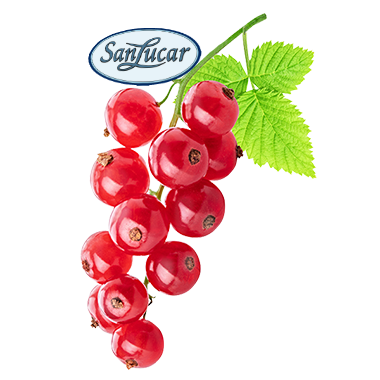
Good to know
Cool likes the currant. That is why the small berries are best stored in the refrigerator. This way they will keep longer.
More interesting factsabout currants
Country of origin
Our red and black currants come for example mainly from Germany, but also from Holland.
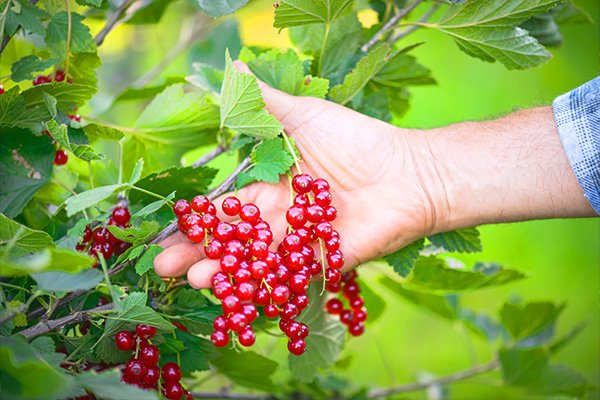
Tips and special features
By the way, black currants are also the basis for the famous cassis liqueur and, of course, all varieties taste just as delicious eaten on their own as they do with desserts, as jelly or in red fruit jelly.
History
The history of the currant is comparatively young – because in ancient times the plant was still unknown. It was not until the Middle Ages that the red and black currants officially took root as useful plants. In the 16th century, the shrubs were cultivated in many monastery gardens. The nuns and monks used them against gout, rheumatism and scurvy.
Storage
Currants taste best when fresh. They are very sensitive to pressure and should not be stored for too long. Refrigerated, they keep for two to three days.
Nutritional information
| Vitamin C (mg/100 g) | 36 mg |
| Vitamin E (mg/100 g) | 1.2 mg |
| Potassium (mg/100 g) | 257 mg |
| Calcium (mg/100 g) | 29 mg |
| Calorific values: Energy | 33 kcal |
| Fett thereof |
0.2 g |
| Monounsaturated fatty acids | |
| Polyunsaturated fatty acids | |
| Carbonhydrates | 4.8 g |
| of which sugar | 4.8 g |
| Protein | 1.1 g |
| Salt | 5 g |
| © German Food Code 3.02 |
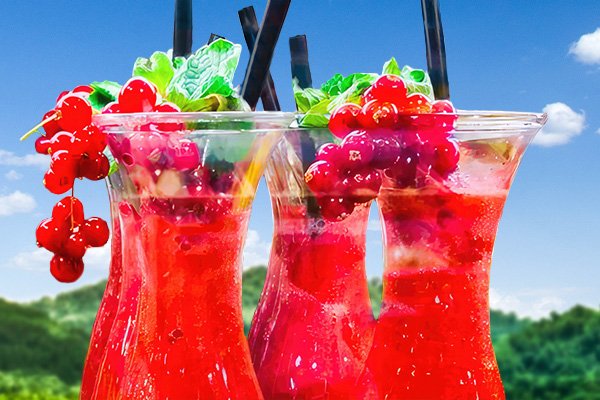
Taste in harmony with people and nature
We use our modern, digitally controlled water management system to save water, always rely on natural predators first when dealing with pests and protect the bees.
More about our social responsibility
